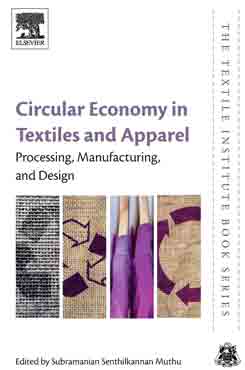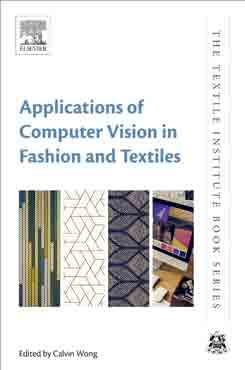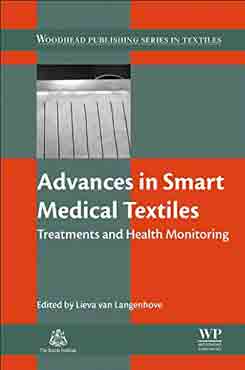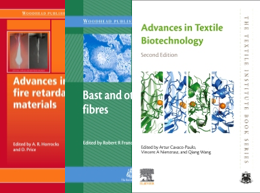Description
The Wool Handbook: Morphology, Structure, Property and Application explores the fundamental aspects of wool fibers as well as traditional and novel applications of wool in areas including polymer composites and technical textiles.
Apart from textiles and garments, wool has long been used for various diversified applications due to its unique material properties. Wool is inherently fire resistant, antimicrobial, flexible and antibacterial, and as a natural material, it can be used to create environmentally sustainable products.
This book explains basic and advanced topics related to wool fibers, from shearing to marketing, drawing on academic and industrial research from a range of subjects. Providing statistics, processing methods, and testing and characterization techniques for wool fiber, this book will help readers to use wool fibers to find new applications and solutions.
Key Features
- Provides advanced testing methods to explore the material characteristics of wool
- Includes the latest industrial methods for physical and chemical processing of wool
- Presents case studies on how wool fibers have been made into successful bio-based composite and textile products
Readership
Table of Contents
- 1. Introduction to wool technology: A brief introduction to wool and its processing technology
2. Wool production and statistics, Current market scenario: Recent statistics in wool production, export and imports, current market potential of wool and woollen products
3. Identification of wool fibres
4. Morphology and chemical structure of a wool fiber
5. Morphology studies using microscopic techniques: Advanced microscopic studies in wool
6. Quality evaluation of wool: Methods of evaluation of quality of wool, parameters, important standards
7. Chemical and Physical Properties of Wool
8. Spectroscopic studies on wool fibers
9. Water relationship of wool fibre: Moisture properties of wool
10. Sound insulation properties of wool fiber
11. Thermal properties of wool: Thermal degradation studies, fire retardant properties
12. Pre-processing of wool Fibres
13. Improvement of wool properties through physical and chemical modifications
14. Mechanical finishing of wool for improved property and functionality
15. Wool Dyeing
16. Functional Finishing of Wool
17. The use of wool fiber in technical textiles and recent developments
18. Wool in composites: Wool fibre as a component in bio-composites
19. Anti-shrink finishing of woolens: Shrink resist treatment on woolens using various physical and chemical methods
20. Microbial attack and prevention methods: Microbial attack on wool fiber, causes, and remedies
21. Sustainable Moth Repellent Finishing for Wool
22. Blending of wool with other fibres: Mixing of wool with other natural/synthetic fibres for different applications
23. Keratin extraction and its application: Extraction of wool keratin and application in diversified fields
24. Recycling of wool: Making wool more sustainable
25. By-products during processing of fibre and their use: Generation of by-products during wool processing and their utilization
26. Future prospective of wool and woollen products
Available to Pre-Order Published 1st Edition – September 1, 2023
